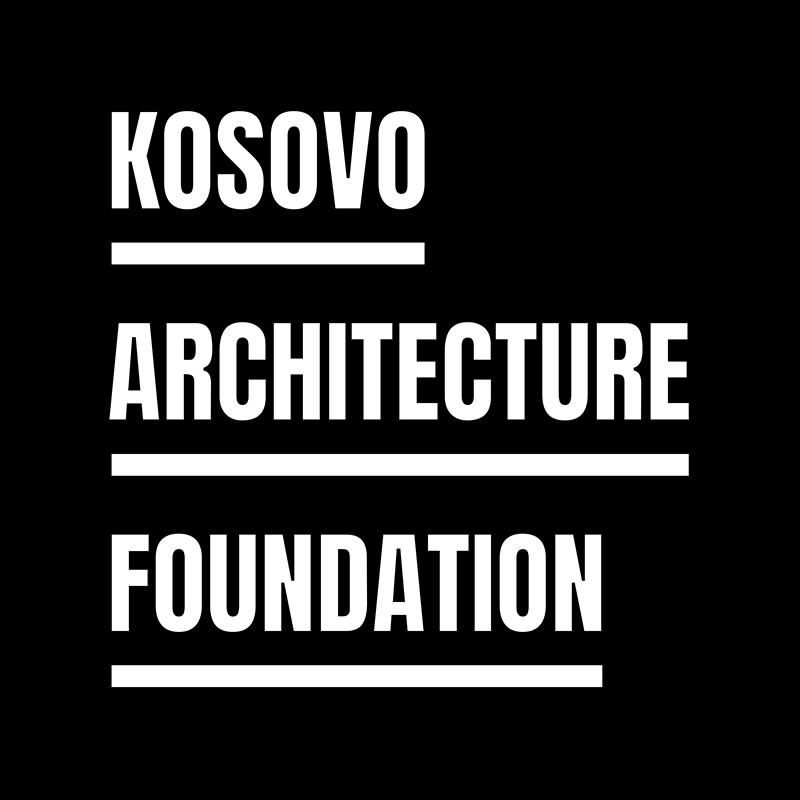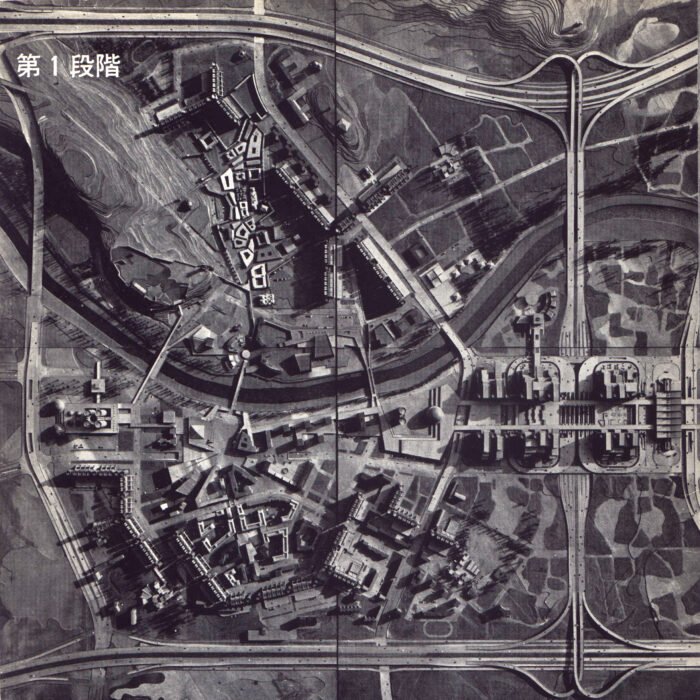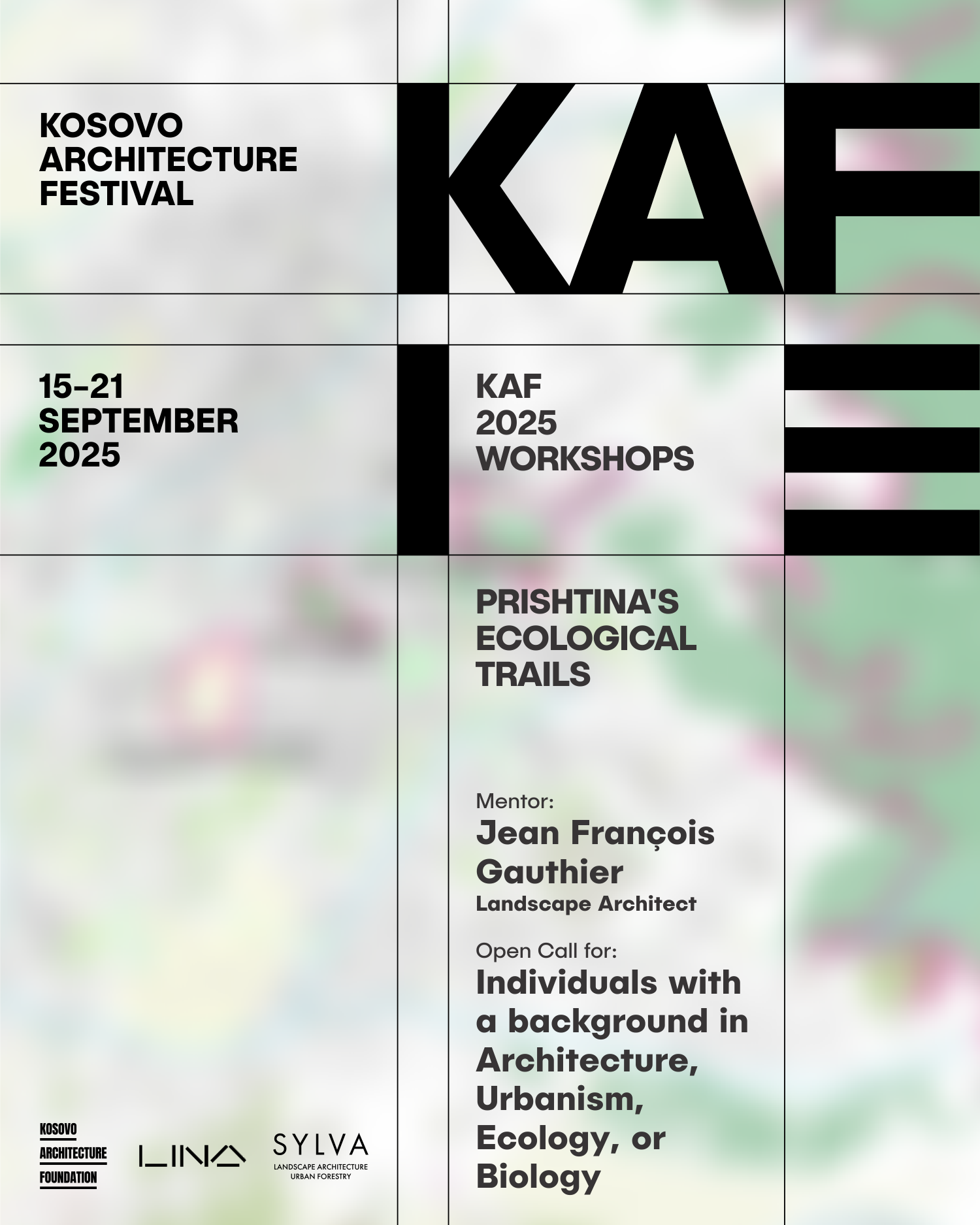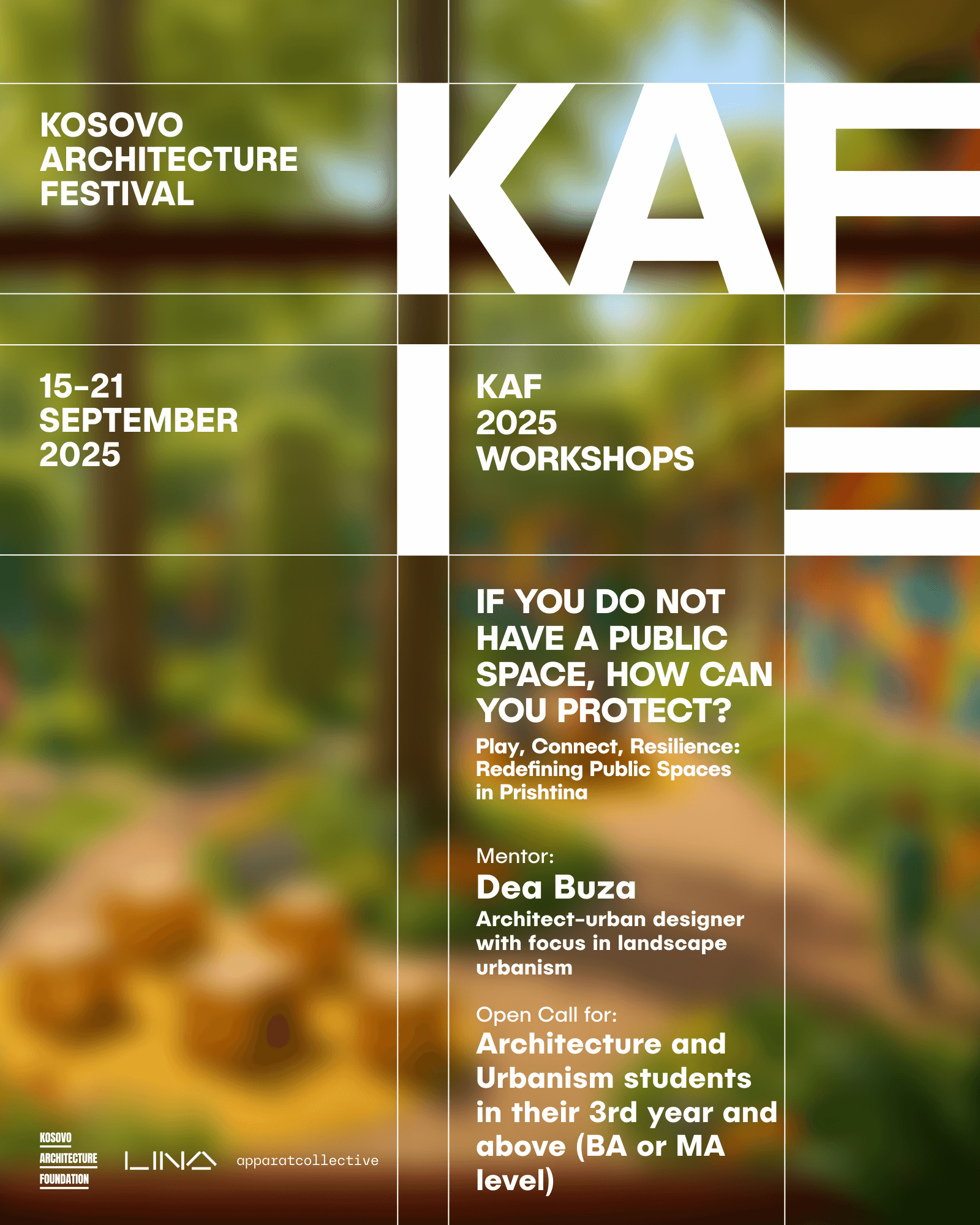
Ana Ivanovska Deskova, Vladimin Deskov & Jovan Ivanovski at KAFx12 & KIM Seminar

Ana, Vladimir & Jovan will be conducting the Tour of Modern Skopje and holding a lecture on their decade long study on the preservation & promotion of Skopje’s Modernism also exhibited at the Venice Architecture Biennale.
Dr. Ana Ivanovska Deskova is an Associate Professor at the Department for Protection of Cultural Heritage, History of Architecture and Art at the Faculty of Architecture, Ss. Cyril and Methodius University in Skopje. She holds a Master of Science and PhD from the same institution. She teaches the History of Modern Architecture and courses related to the Protection and rehabilitation of Cultural Heritage. Her main research interest is the modern architecture in Skopje, especially the reconstruction of Skopje after the earthquake in 1963. She is the author of numerous research projects and exhibitions on architecture. Among others: „Atlas of the Macedonian Modern Architecture”, held in 2022 at Youth Cultural Center in Skopje; “The Role of the Women Architects in the post-earthquake Renewal of Skopje” held in 2022 in the Museum of North Macedonia in Skopje, “Future as a Project – Doxiadis in Skopje”, held in 2018 in Benaki Museum, Athens, Greece, “Skopje – Architecture in the Macedonian Context”, held in Ringturm gallery, Vienna, Austria (2017), “Constructing a Modernist Utopia: The Architecture of The Post-Earthquake Renewal of Skopje, 1963-1981”, held in Gallery MC, New York City, USA (2017). In 2008 and 2014 she was one of the authors of the Macedonian National Pavilion at the Venice Biennale of Architecture. From 2016 to 2018, she was a member of the curatorial advisory board for the Museum of Modern Art in New York, for the 2018 exhibition ‘Toward a Concrete Utopia: Architecture in Yugoslavia, 1948–1980’.
Dr. Jovan Ivanovski is a Professor at the Department of Architectural Design at the Faculty of Architecture, Ss. Cyril and Methodius University in Skopje. He finished his Master’s Studies at Dessau Institute of Architecture in Germany (DAAD Alumni) and holds a PhD from the Faculty of Architecture, UKIM, Skopje. Practiced architecture in offices in Switzerland and Germany. His main research interest is the spatial transformation of Skopje during the period of the post-socialist transition. He is the author of numerous research projects and exhibitions on architecture. Among others: „Atlas of the Macedonian Modern Architecture”, held in 2022 at Youth Cultural Center in Skopje; “The Role of the Women Architects in the post-earthquake Renewal of Skopje” held in 2022 in the Museum of North Macedonia in Skopje, “Future as a Project – Doxiadis in Skopje”, held in 2018 in Benaki Museum, Athens, Greece, “Skopje – Architecture in the Macedonian Context”, held in Ringturm gallery, Vienna, Austria (2017), “Constructing a Modernist Utopia: The Architecture of The Post-Earthquake Renewal of Skopje, 1963-1981”, held in Gallery MC, New York City, USA (2017). He was curator of the Macedonian National Pavilion at the 2014 Venice Biennale of Architecture, and one of the authors in 2006 and 2008. From 2016 to 2018, he was a member of the curatorial advisory board for the Museum of Modern Art in New York, for the 2018 exhibition ‘Toward a Concrete Utopia: Architecture in Yugoslavia, 1948–1980’.
Vladimir Deskov is a Teaching Assistant and Lecturer at the School of Architecture and Design, University American College Skopje. He holds a Diploma in Architecture from the Faculty of Architecture, University Ss. Cyril and Methodius Skopje. Currently, he is a Dr. Sci. candidate at the Faculty of Architecture in Zagreb, Croatia. His primary research focuses on the modernization of Skopje, examining how economic, political, and social transformations impact the city’s architecture and urban development. He is the author of numerous research projects and exhibitions on architecture. Among others: „Atlas of the Macedonian Modern Architecture”, held in 2022 at Youth Cultural Center in Skopje; “The Role of the Women Architects in the post-earthquake Renewal of Skopje” held in 2022 in the Museum of North Macedonia in Skopje, “Future as a Project – Doxiadis in Skopje”, held in 2018 in Benaki Museum, Athens, Greece, “Skopje – Architecture in the Macedonian Context”, held in Ringturm gallery, Vienna, Austria (2017), “Constructing a Modernist Utopia: The Architecture of The Post-Earthquake Renewal of Skopje, 1963-1981”, held in Gallery MC, New York City, USA (2017). In 2008 and 2014 he was one of the authors of the Macedonian National Pavilion at the Venice Biennale of Architecture. From 2016 to 2018, he was a member of the curatorial advisory board for the Museum of Modern Art in New York, for the 2018 exhibition ‘Toward a Concrete Utopia: Architecture in Yugoslavia, 1948–1980’.

Architecture of the Utopian City: The Case of Skopje
Skopje is a city situated on a geopolitical crossroad, amidst cultural influences produced and overlapped by rising and declining civilizations. Over the course of history, the city – like the Balkans in general – has been subjected to irregular intervals of (unfinished) urban transformations. These circumstances created very dynamic socio-spatial landscape, rich of contradictory realities, which played a central role in the historic transformation of the city and its architecture.
The built heritage of Skopje is a vivid example of how diverse political concepts, different stages of economic and social development, international architectural movements and technological progress can influence the development of city’s architecture and urban landscape. At the same time, Skopje is an example how a certain historical event – the catastrophic earthquake of 1963 – can become a possibility for the future; interrupting the rapid pace of post WW2 development, this instant natural act of hasty violence on the one hand destroyed nearly 80% of the city, but on the other, became a trigger for new, even more radical type of modernization.
The UN led post-earthquake reconstruction, propelled unprecedented international solidarity and was high in ambition – to promote Skopje as an exemplary global city. At the peak of the Cold War, at a time when the polarization between the two conflicting political blocks was at its highest, Skopje’s post-earthquake renewal process defined solidarity and cooperation as its leading principal. Previously local and unknown Skopje, suddenly became a field of international collaboration, where world’s prominent architects and planners (Van den Broek and Bakema, Kenzo Tange, Konstantinos Doxiadis, Adolf Ciborowski etc.) worked in parallel with authors from Macedonia and other parts of Yugoslavia. The city became a laboratory experimenting with the latest urban forms and architectural paradigms; consequently, the architectural output was not defined by a single style or aesthetic. It rather presented a vibrant pluralism of influences coming from around the world – Japanese metabolism, Dutch Structuralism, Brutalism, together with the continuation of the well-established modernist principles – all appropriated, digested and creating quite unique architectural identity. Built with high architectural ambition, introducing higher standard of culture, education and living, the buildings of the post-earthquake reconstruction of Skopje still remain to be the undoubtedly most powerful segment within its recent architectural history.
The tour as well as the lecture will be held on the 3rd of July 2024 in Skopje, Macedonia

